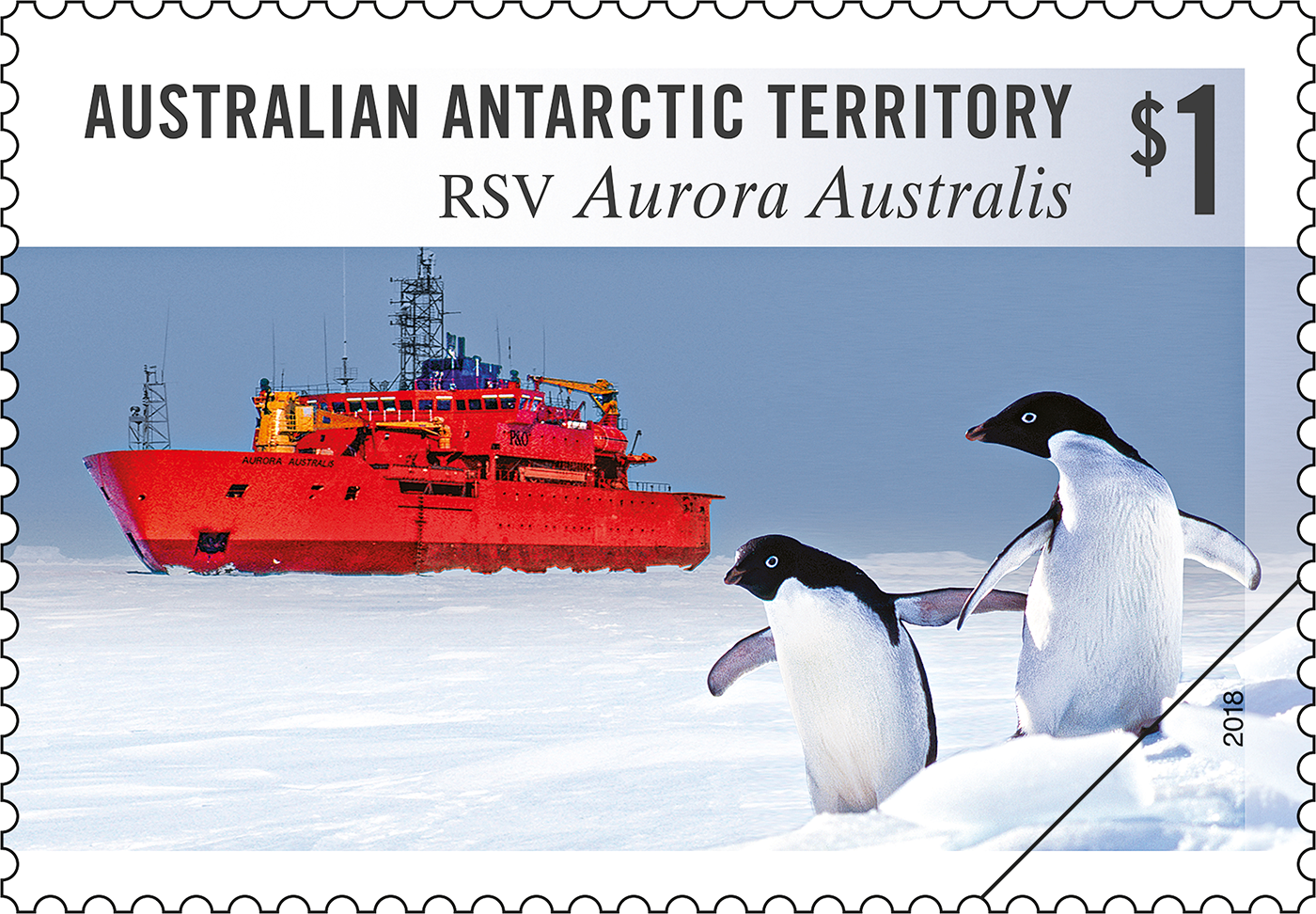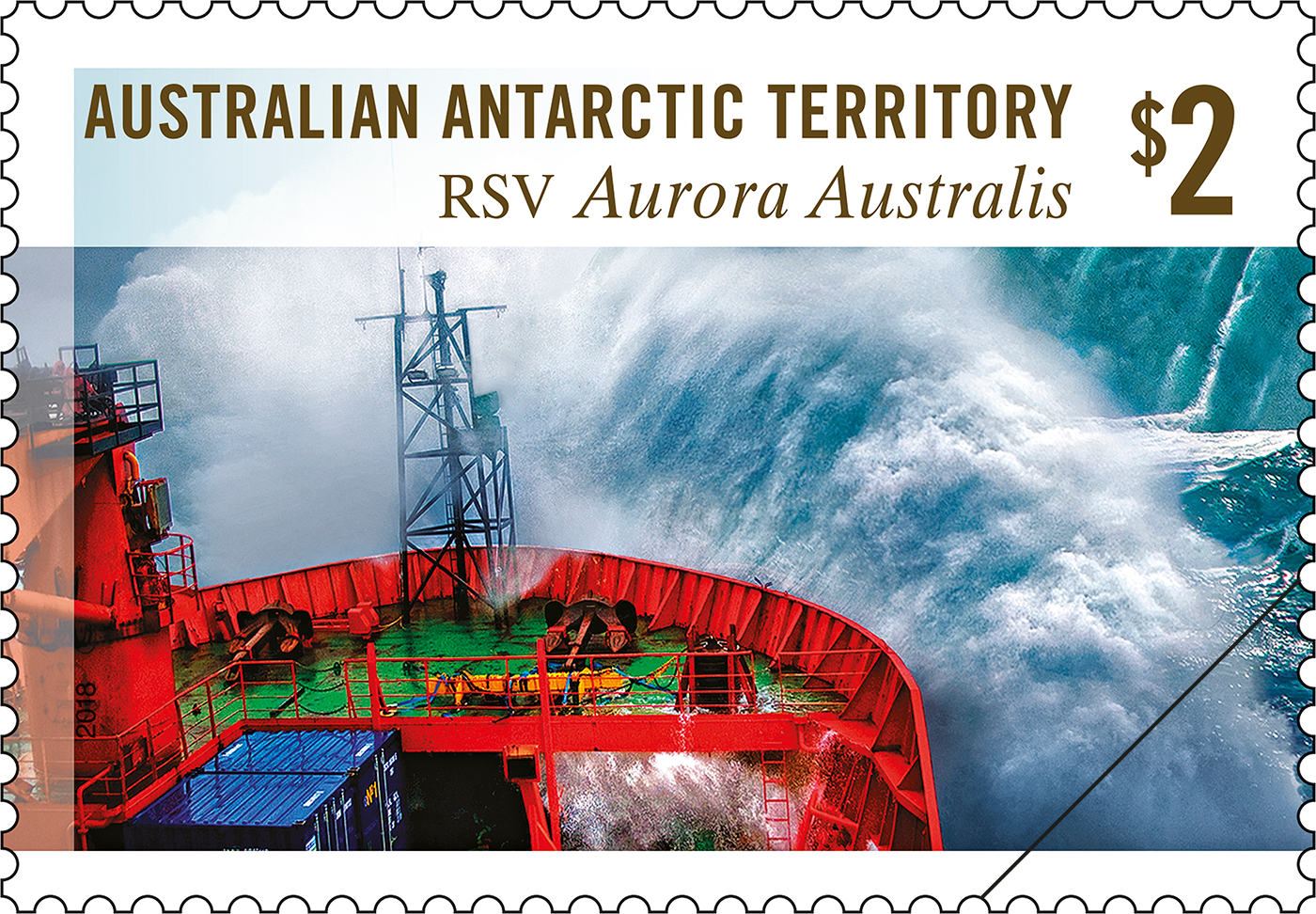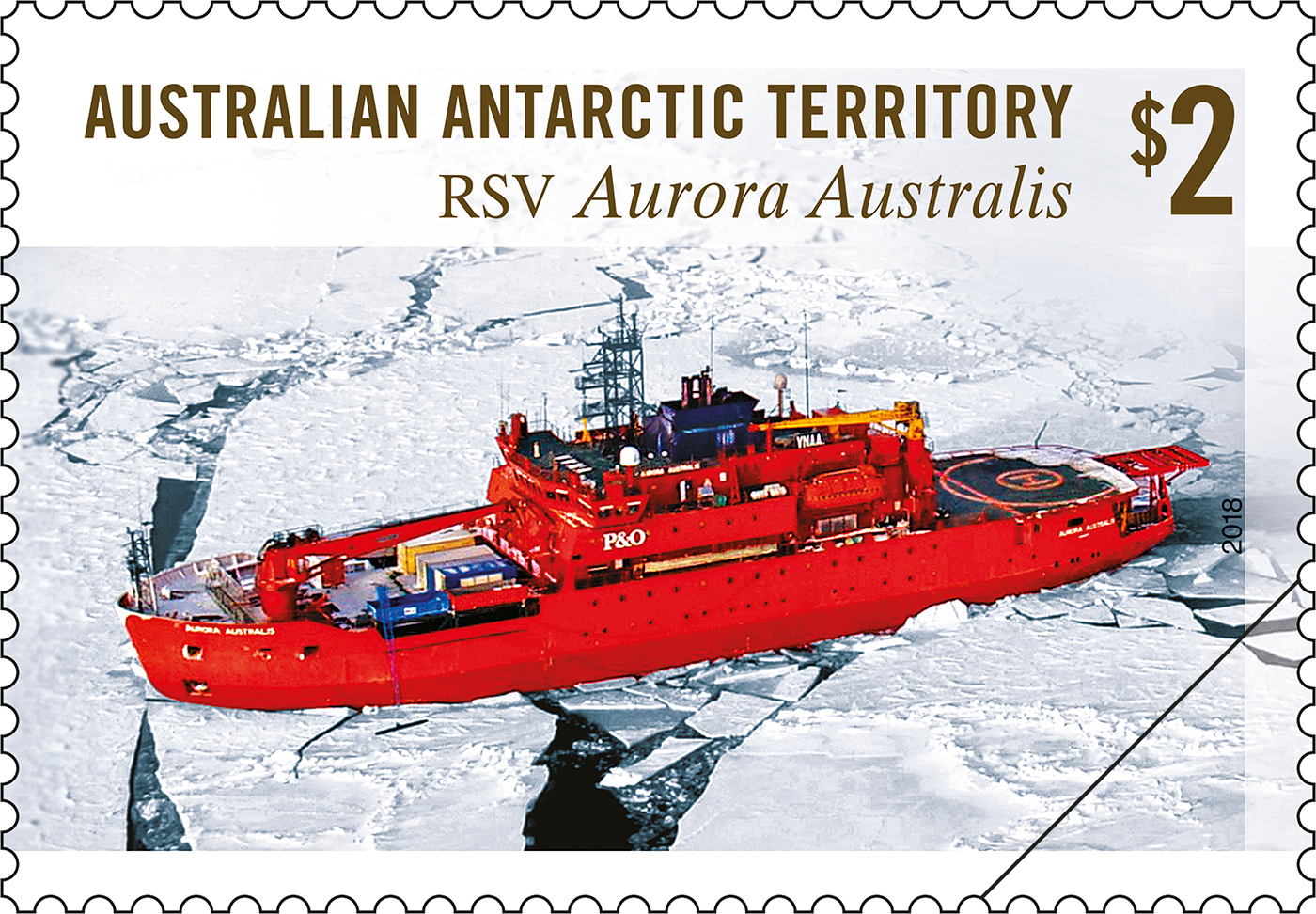Overview
This year marks the 30th year of service of Australia’s icebreaker RSV Aurora Australis. Launched in 1989, the distinctive bright orange vessel was built by P&O Polar, in Newcastle, New South Wales, specifically for the Australian Antarctic program. The 94.9-metre-long, 3,911-tonne ship provides the principal link between Australia and its one sub-Antarctic and three Antarctic research stations.
The Aurora Australis has berths for 116 passengers and is well equipped for marine science research, with a commercial-sized trawl deck and a hydro-acoustic system to help researchers study Southern Ocean organisms such as krill. Science conducted in on-board laboratories includes biological, oceanographic and meteorological experiments and observations. The ship is fitted with a helipad and hangar facilities for three helicopters. After 30 years of regular service in the harsh environment of the icy Southern Ocean, the Aurora Australis will shortly be replaced by a new custom-built icebreaker with state-of-the-art facilities.
The stamps, designed by Stacey Zass of Page12 Design, highlight various aspects of the ship and her surrounds.
The stamp and minisheet photographs are by Doug Thost, save for the $2 aerial view, which is by Sandra Zicus of the Australian Antarctic Division.
Products released in this issue
- Minisheet
- First day cover (blank, gummed, minisheet)
- Stamp pack
- Maxicards
Technical specifications
| Issue date | 25 September 2018 |
| Issue withdrawal date | 31 March 2019 |
| Denominations | 2 x $1, 2 x $2 |
| Stamp design | Stacey Zass, page12desig |
| Product design | Stacey Zass, page12desig |
| Paper - gummed | RA Printing |
| Printer - gummed | Tullis Russell |
| Printer: minisheet | Egotrade |
| Printing process | Offset lithography |
| Stamp size | 37.5mm x 26mm |
| Minisheet size (mm) | B170mm x 80mm |
| Perforations | 13.86 x 14.6 |
| Sheet layout | Module of 50 |
| FDI postmark | Kingston TAS 7050 |
| FDI withdrawal date | 24 October 2018 |
Stamps in this issue

RSV Aurora Australis

RSV Aurora Australis and Adélie Penguins
Current AAT research is examining the feeding and breeding patterns of Adélie Penguins (Pygoscelis adeliae). Discovered in 1840, these medium-sized penguins are very adept at swimming. This penguin species is one of the five that live on the Antarctic continent.

RSV Aurora Australis in high seas
Here we see the incredibly rough conditions faced by Aurora Australis, as enormous waves crash onto the ship. While designed to cross thousands of kilometres of the world’s stormiest seas, Aurora Australis has been known to roll up to 45 degrees in huge ocean swells.

RSV Aurora Australis, aerial view
The exploration era, also known as the heroic period, spans the late 19th and early 20th centuries – a time when several countries undertook voyages to Antarctica.
The aneroid barometer featured in the stamp design was given to Australian physicist Alistair Keith Jack by Ernest Shackleton, expedition leader of the ill-fated Imperial Trans-Antarctic Expedition’s (1914–16); Jack was a member of the lesser-known Ross Sea party. The barometer is now part of the Museums Victoria collection. It represents not only polar exploration during this period, but also the value of meteorological research.
The stamp photograph is by Michelle McFarlane.
This content was produced at the time of the stamp issue release date and will not be updated.